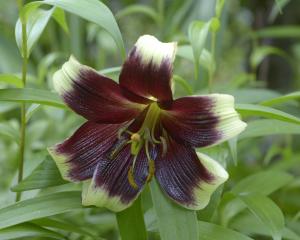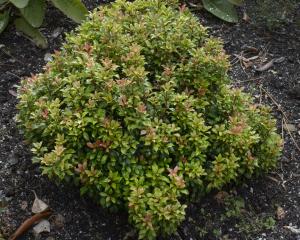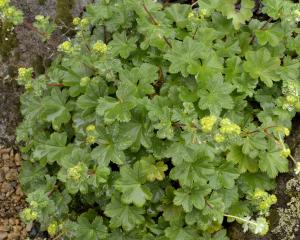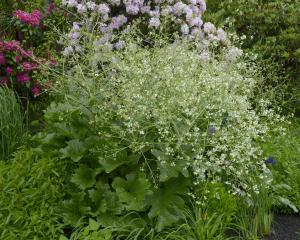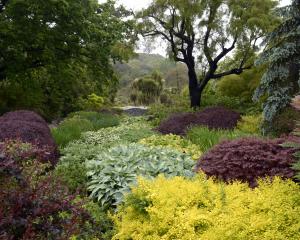Another good way to encourage native birds is to plant a variety of nectar and fruit-producing trees to provide year-round food and a stopover. Native plants such as kowhai, flax and kaka beak are the obvious choices. However, there's no need to be a purist.
One thing I've noticed while working at Dunedin Botanic Garden is birds aren't fussed whether a plant is native or exotic. In fact there's one introduced tree that the nectar-feeders find irresistible at this time of year, so irresistible that 18 tui were once spotted in just one tree.
The Australian coast banksia, Banksia integrifolia, is a handsome, hardy tree that pops out pretty yellow bottlebrush flowers throughout the year, with an abundance in autumn and winter. The flowers produce copious amounts of nectar, which in Australia is devoured by a variety of birds. Even seed-eaters such as cockatoos and parrots flock to tear the cones apart and devour the seeds inside.
We'll happily stock our gardens with exotic vegetables and fruit trees so we can enjoy a variety of food throughout the year. Why not throw in a coast banksia too?
Wildlife will thank you for it.
Banksia integrifolia can be seen between the upper botanic garden carpark and the aviary in the Australian collection in Dunedin Botanic Garden.
• Kate Caldwell is a third-year apprentice at Dunedin Botanic Garden.







